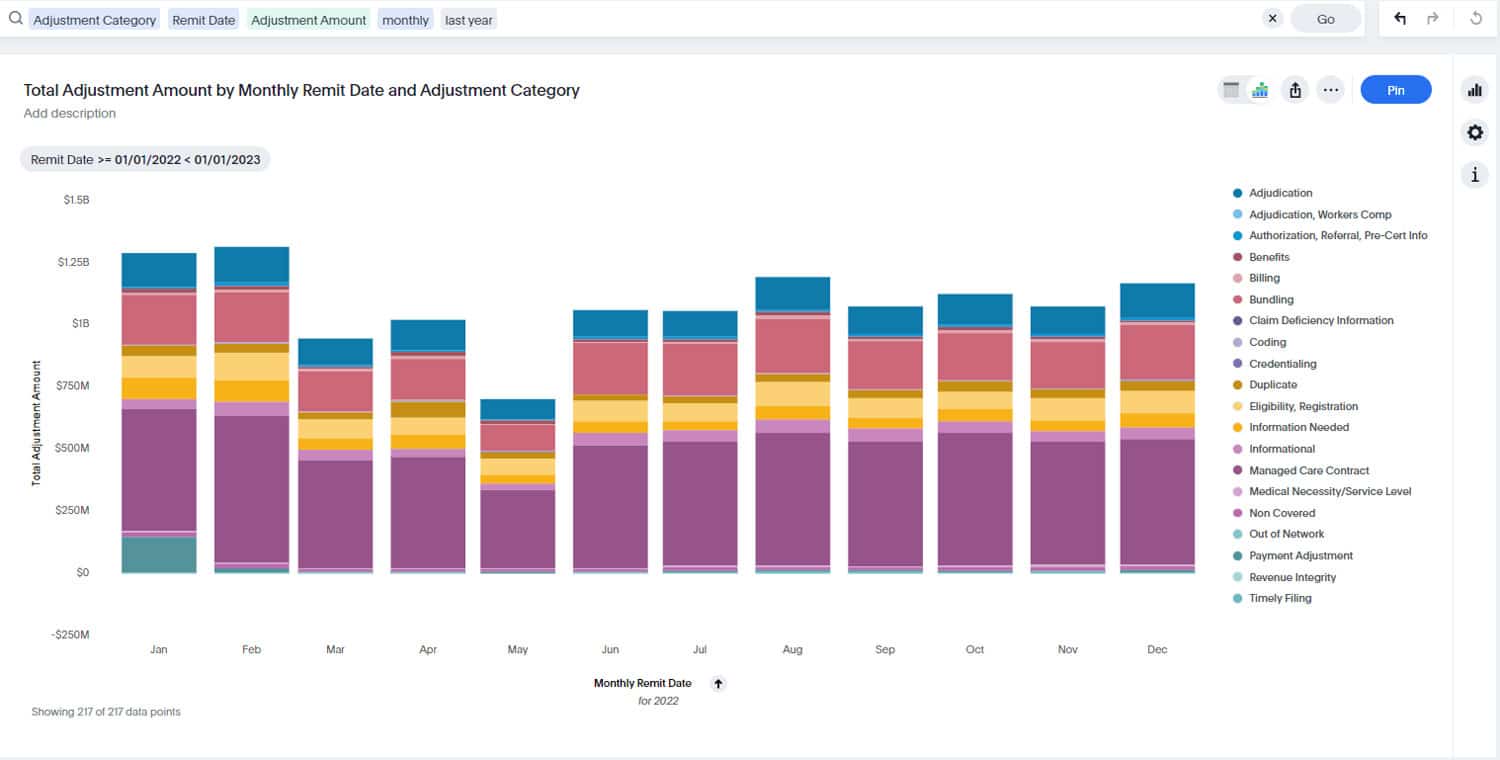Choosing the right billing compliance and audit software is critical to maximizing revenue. With so many options to consider, it can be hard to cut through the noise of features and functionality and focus on those aspects of a solution that will drive efficiency and risk mitigation for your organization. To help you with your evaluation and avoid those software solutions that offer nothing more than a glorified (and expensive) Excel spreadsheet, we’ve identified 6 pitfalls to avoid when considering a software purchase.
Pitfall #1 Focusing only on billing and compliance audit software
Many healthcare teams work in silos and may not be aware of other departments’ technology needs, resulting in a myopic view when evaluating platforms. It’s time to change that POV and look across the entire revenue cycle because, let’s face it – we’re all contributing to the bottom line on some level, and working in conjunction with other departments will greatly improve efficiency and mitigate even greater risk.
Most software tends to focus on one aspect of the revenue cycle when it should encompass the spectrum. You must hunt for a closed-loop solution that works for everyone from compliance teams to revenue integrity, HIM, and even CDI. That way, you’re all working together on the same goals, maximizing revenue streams, and learning from past mistakes.
Pitfall #2 Neglecting the role of automatic data ingestion, data health, and security
Another factor to consider when selecting a billing compliance platform is its capacity to ingest data. Many platforms can present you with your at-risk providers, but that still leaves you manually pulling claims from your billing system. Your new vendor should be robust enough to automatically ingest your current and historical claims and billing data daily. The data ingestion framework should be scalable and sophisticated. This ensures that you will vastly improve efficiency and risk assessment accuracy and will allow you to detect risks in your billing and payment data.
Data Health is a term that means how well a software vendor can ingest data daily – this is critically important when choosing billing compliance and revenue integrity platform. If a vendor has “true” data health, you can abandon spreadsheets and manual processes forever – and just concentrate on your audits and post-audit education efforts. Unfortunately, if you ask most vendors about their data health, they will not know what you are talking about.
Something else to consider: will the vendor be prepared when new security and privacy regulations and risks are introduced? Make sure your vendor is certified with the Health Information Trust Alliance (HITRUST) Cybersecurity Framework and be sure they’re compliant with HIPAA.
Pitfall #3 Being dazzled by the demo
Your time is precious. You shouldn’t have to sit through a demo that shows the “bells and whistles” only to be disappointed to learn later that you have to “pay extra” for things you were promised when you first signed. You want to work with a vendor that’s upfront from the get-go. If the low price you’re presented with makes your choice tempting, you are likely being lured into a decision by a false indicator that it will fully provide what you need. [Insert cliché here]: you get what you pay for.
During your demo, the opportunity to dig deep into the software’s capabilities and fully understand whether it will fulfill your team’s needs. Also, invite members from various teams to the demo to see if they too will benefit from its use.
Pitfall #4 Working with a vendor who thinks they know you
You don’t need a glorified spreadsheet, so why pay for one? You need an intelligent, automated platform that tackles the challenges you face in your day-to-day operations. Most vendors are unaware of the rigors and complexities of the billing compliance and revenue integrity space , as well as auditing physician specialty practices – e.g., dermatology, pain management, radiology, anesthesiology, oncology, orthopedics, and many more. They’re clueless when it comes to all the external and internal demands that you are expected to meet.
You should work with a vendor who has been in your shoes at one point, a vendor that stays on top of the regulation changes and mandates that healthcare professionals face. The vendor you choose should also work with all healthcare systems, from smaller hospital groups to large healthcare systems. Why? Because that proves that the software is scalable. You want a vendor that can grow along with you and your organization.
Pitfall #5 You bought it, but now what happens?
Two things to consider that happen after the purchase are support and training.
Does the vendor have a customer service email or phone number you can call, or do they have a dedicated customer success rep that follows your every step and knows exactly what modules you use and what success looks like to you and your teams? Support is crucial to your success. The vendor should be like an extension of your team, there for everything you need to grow and ensure you get the best out of the product.
Training is the other significant element to consider. You don’t want to work with a vendor that expects you to “figure it out.” As “user friendly” as some platforms seem, you should never be on your own to decipher how things work.
The vendor should offer multiple training formats such as reading materials and videos and have an implementation team to set you up and running smoothly. Everyone learns differently; some absorb more when they read, and others prefer to watch a demonstration video with clear narration. Good vendors know this.
Pitfall #6 Falling prey to superficial insights and poor reporting capabilities
You need sophisticated analytics, not simple high-level results that don’t offer you actionable intelligence. The depth of your insights will determine your actions to rectify your billing errors and help determine how processes can be improved. Your new platform should not only detect errors but also clearly reveal their root cause and offer insights that inspire you to educate providers and prevent them from recurring.
The ideal platform should also offer robust reporting and intuitive dashboards that are not only easy to interpret but are explorable so that you can dig deep into your results and present them to stakeholders in a digestible manner.
Wouldn’t it be great if your new platform could show you how well you perform? Benchmarking capabilities are also great to have so that you can compare yourself against similar organizations and industry-standard measures from CMS.
Now that you have it all, you’re prepared to continue the journey to finding the ideal platform that will meet the needs of your organization.








